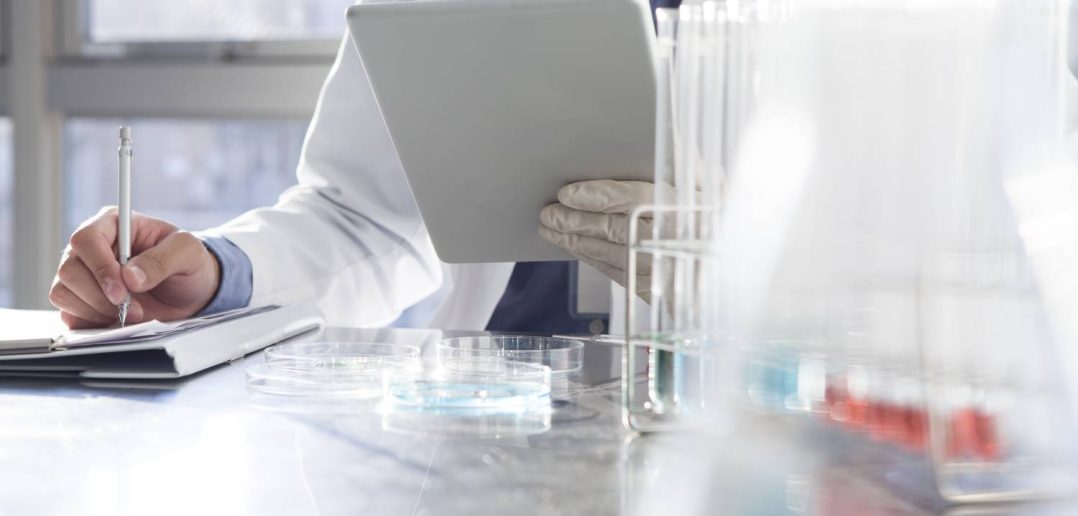Using machine learning to correlate factors and characteristics that appear gradually during childhood in people with autism spectrum disorder (ASD) in support to identify others at risk.
How prevalent is ASD? Well, it depends on who you ask, but it’s generally accepted that 1-2.3% of children have been diagnosed. And you can assume that the size of the childhood ASD community is more prominent.
Because the disorder is on a spectrum, autism intensity can vary drastically depending on the person. It can be a complex disorder to navigate for caretakers, parents, children and teachers. Autism can cause children to have issues with socializing and communicating in typical ways, making it more challenging to establish and maintain relationships. This can lead to struggles for autistic children, including a significantly higher risk of being bullied, self-harming and depression.
Being ostracized is damaging to children, and it’s vital that those with ASD are given the proper support and care. For every child, neglect can make adapting to adult life much harder, and it is especially crucial that a child with ASD learns how to engage the world around them.
Autism and the microbiome: Following the clues
SAS Hackathon team, Autistic Life Changers from Instituto Tecnológico y de Estudios Superiores de Monterrey (Mexico), saw a potential link to ASD and went to work.
There have been many theories for the causes of autism. While research suggests several potential causes, the team found research that supports a correlation between gut health in the bacterial gut microbiome and ASD.
Machine learning (ML) models are often used to help diagnose diseases by finding correlations but do not typically help determine causation. Using artificial intelligence, the team could establish cause and effect.
The team developed a model to detect the specific bacteria in the gut microbiome associated with ASD. By identifying these bacteria, they hope for easier diagnosis and to lessen common symptoms of autism by providing dietary recommendations and medication that can alter the bacterial gut microbiome. This is just one approach to a complex diagnosis.
Chatting for better detection
To build a more extensive data set for the gut biome model, the team decided to develop a chatbot called ASD Helper. This chatbot was created for two purposes:
- To educate caretakers, parents, children and teachers about ASD. The chatbot could identify symptoms, answer questions and provide resources.
- To obtain information from the users to gain even more data for their research.
Collecting data directly from the chatbot provides more data for the models to learn from. The more data these models have, the more accurate they become and the closer they can predict a bacterial dimension.
On the right track: Bountiful bacteria
The results have been compelling. The US and China had accuracy rates of 99-100% when predicting the association bacteria found in the gut microbiome of those with ASD.
In China, Lachnospira was the most associated bacteria found in those with ASD. Whereas in the US, Eubacterium was at the top of the list. These findings bring us one step closer to helping those with autism and hopefully help us understand a little more about one of the multifaceted treatment avenues for ASD.

